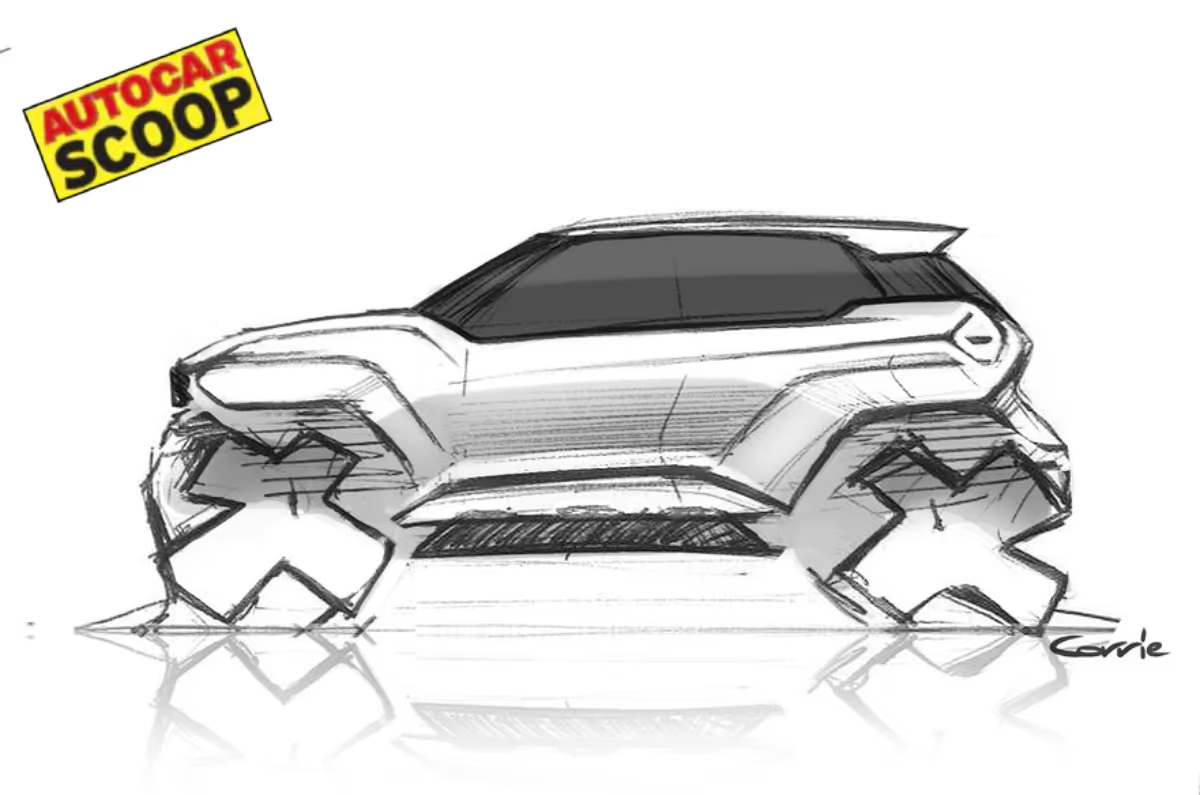The ugly truth is that, if you could see the quality of the air you breathe in many places, you wouldn’t go outside. But it’s important to highlight the insidious presence of air pollution. Recently, a team of scientists and artists teamed up to do exactly that.
Taken as part of the Air of the Anthropocene project, the images reveal the pervasive presence of particulate matter around the world. The particulate matter is very small—it floats in the air, so perhaps that’s obvious—but the team developed a neat technology to reveal its presence. The team built arrays of Light Emitting Diodes (LEDs) which were programmed to flash as a function of particulate mass concentrations. Basically, the dirtier the air, the more the array would light up. The team then took long-exposure images of the scenes, creating “light paintings” that highlight the areas where the air was the worst.
The team photographed sites in the United Kingdom, Ethiopia, and India, showing how the quality of air is sometimes nasty even in unexpected places. Its research was published last week in Communications Earth & Environment.
“As a team we were really keen not to just show people the problem of pollution without also giving advice on how to change their exposure,” said Francis Pope, an environmental scientist at the University of Birmingham and lead author of the study, in an email to Gizmodo. “That’s why in the Ethiopian campaign we used the light paintings as a way to generate interest and debate. We printed the light paintings on postcards along with details on how to reduce air pollution and your exposure to it.”

“We (Robin and Francis) have been working together on visualizing air pollution since 2017, the project has been a great experience and we have iterated on the approach,” said Robin Price, an artist and publisher who co-authored the recent paper, in an email to Gizmodo. “The first photo shown in the article is the Port Talbot steel works in Wales, which was chosen because of the concerns of citizens from this massive industrial facility. Since this initial work, we have continued to work in locations worldwide.”
The Port Talbot light painting is above. According to the World Health Organization, 99% of the global pollution breathe polluted air, and about 7 million premature deaths each year can be attributed to polluted air. WHO also states common sources of air pollution: household combustion devices, motor vehicles, industrial facilities and forest fires.

The above image shows a well-developed part of Addias Abiba, Ethiopia’s capital. The team measured particulate matter concentrations in the range of 10 to 20 micrograms per cubic meter—relatively low compared to major cities around the world. But juxtaposed with the image from an indoor kitchen in the city (at the top of this article), where concentrations were about 20 times greater than the outdoor shot, it’s clear that exposure to air pollution can vary greatly even for individuals that live or work relatively close to one another.
Perhaps the most haunting of the series were the two light paintings made in Indian playgrounds. The playgrounds were in Palampur and Delhi, over 300 miles (500 kilometers) away from each other. The Delhi playground had about 12.5 times the amount of particulate matter in the air than the Palampur site.
The project has been exhibited in Los Angeles, Belfast, and Birmingham, and the team is now open-sourcing the project, making it possible for scientists around the world to make their own light paintings. Last year, a collaboration with EUniWell yielded light paintings in Leidenshowcasing the adaptability of the project.
Ignorance is bliss, until you’re hacking up a lung. Seeing air pollution in lights is a dour reminder of its omnipresence, and the fact that it’s a serious hazard to human health—no matter where you are on the planet.
More: The World’s First Death Attributed to Air Pollution Could Spark the Change We Need






















































